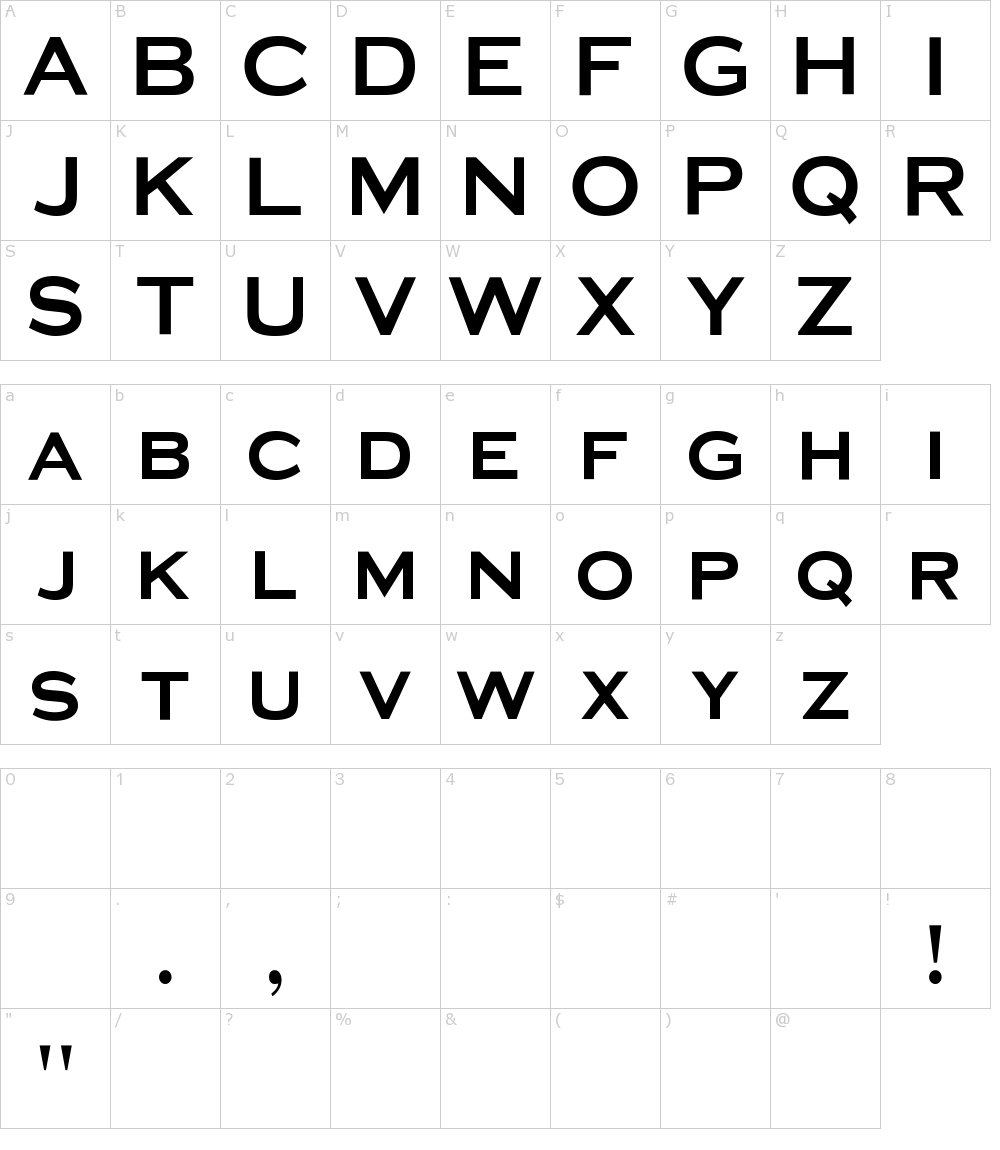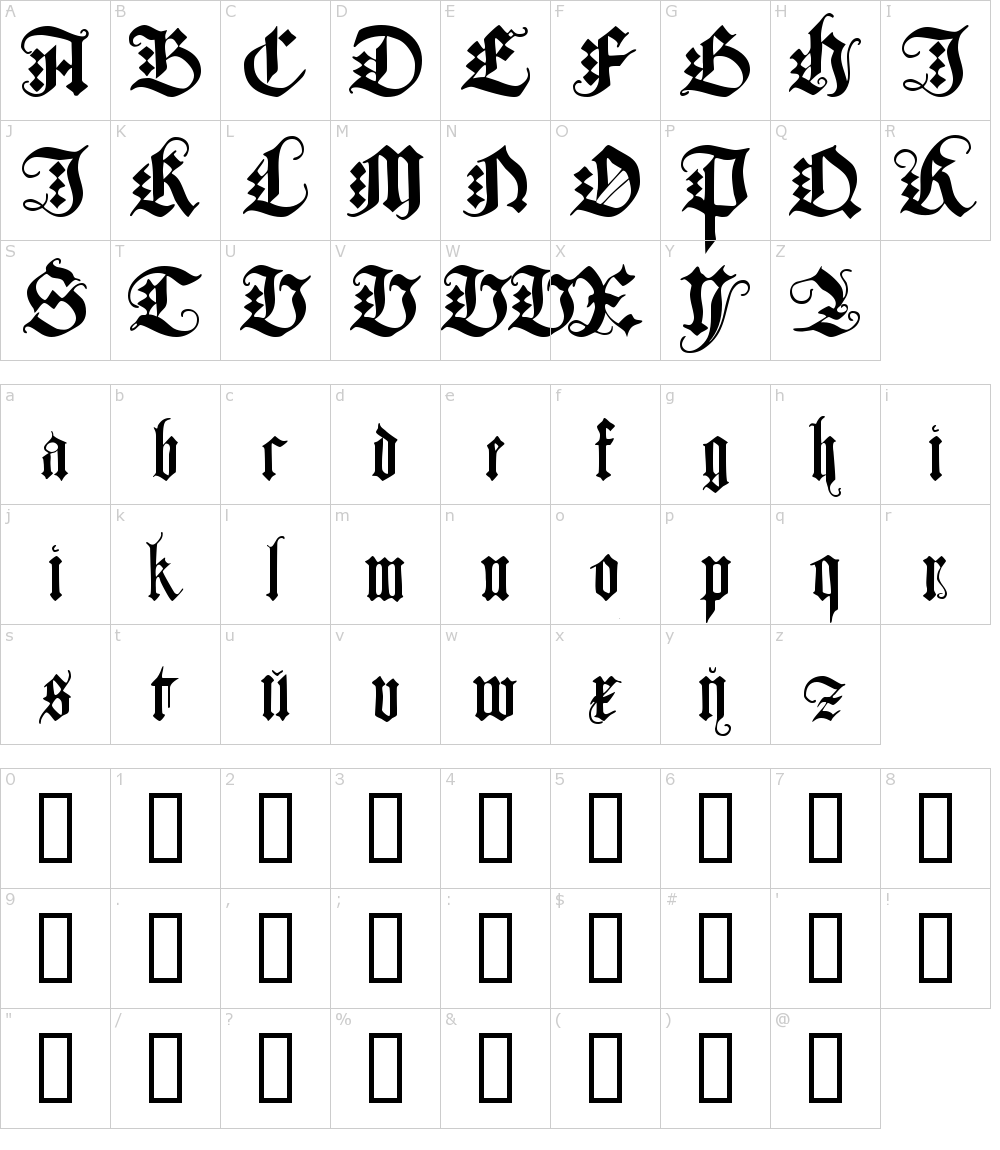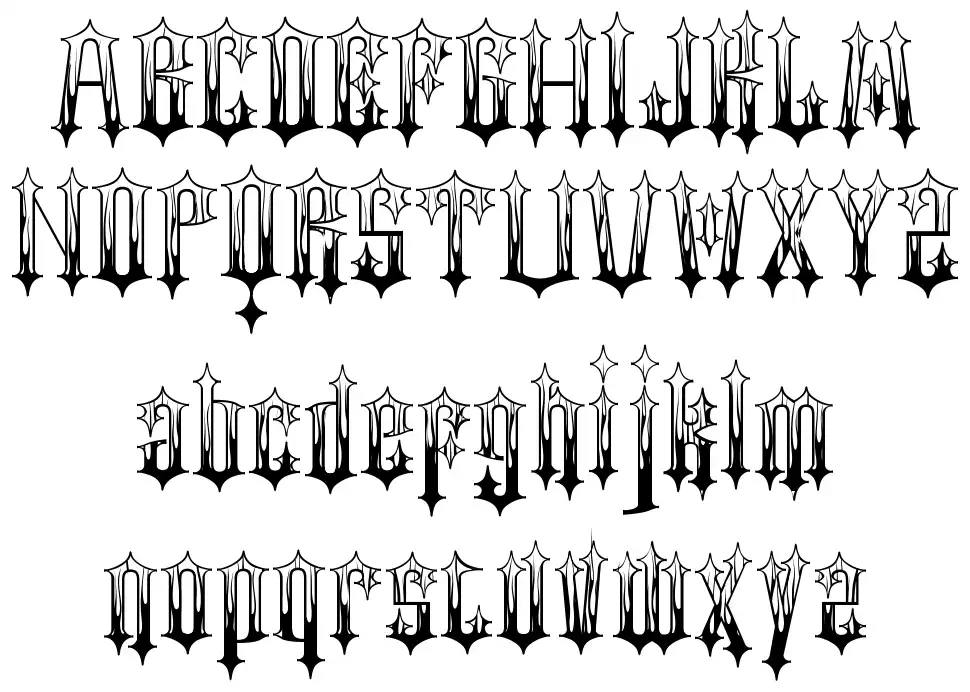

However, Snædal claims that "Wulfila's knowledge of runes was questionable to say the least", as the paucity of inscriptions attests that knowledge and use of runes was rare among the East Germanic peoples. 𐍂 (r), 𐍃 (s) and 𐍆 (f) appear to be derived from their Latin equivalents rather than from the Greek, although the equivalent Runic letters ( ᚱ, ᛋ and ᚠ), assumed to have been part of the Gothic futhark, possibly played some role in this choice.

Uuinne < winja "field, pasture" or winna "pain"Įnguz < * iggus or * iggws "the god Yngvi" Quetra < * qairþra ? or qairna "millstone" The names are given in their attested forms followed by the reconstructed Gothic forms and their meanings. Most of them seem to be Gothic forms of names also appearing in the rune poems. The letter names are recorded in a 9th-century manuscript of Alcuin ( Codex Vindobonensis 795). Two letters, 𐍁 (90) and 𐍊 (900), have no phonetic value. When used as numerals, letters were written either between two dots ( Two letters used in its transliteration are not used in current English: thorn þ (representing / θ/), and hwair ƕ (representing / hʷ/).Īs with the Greek alphabet, Gothic letters were also assigned numerical values. Letters īelow is a table of the Gothic alphabet. Also, the Greek-based script probably helped to integrate the Gothic nation into the dominant Greco-Roman culture around the Black Sea. Ulfilas is thought to have consciously chosen to avoid the use of the older Runic alphabet for this purpose, as it was heavily connected with pagan beliefs and customs. the letter hwair ( 𐍈) to express the Gothic labiovelar.a questionably Runic letter to distinguish the / w/ glide from vocalic / u/.The alphabet essentially uses uncial forms of the Greek alphabet, with a few additional letters to express Gothic phonology: Ulfilas (or Wulfila) developed it in the 4th century AD for the purpose of translating the Bible.

The Gothic alphabet is an alphabet used for writing the Gothic language. 18 CE (derived from Eastern Arabic numerals and Brahmi numerals)

BCEĪdlam (slight influence from Arabic) 1989 CE Caucasian Albanian (origin uncertain) c.Cherokee (syllabary letter forms only) c.


 0 kommentar(er)
0 kommentar(er)
